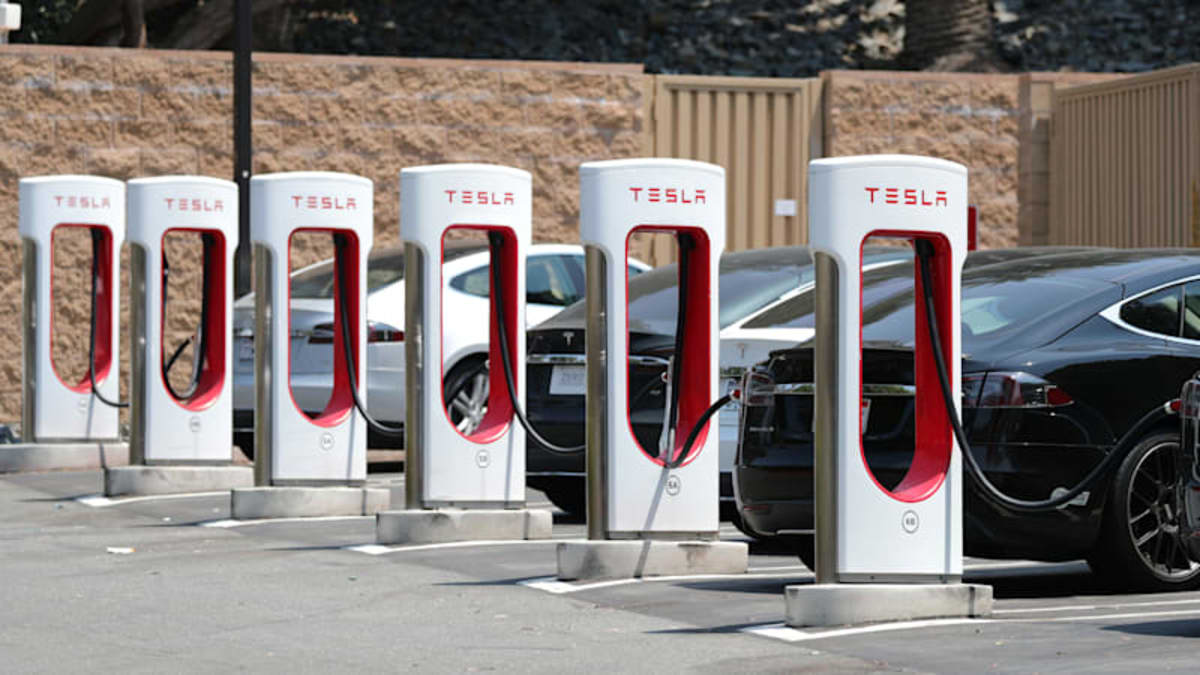
by Brian Shilhavy
Editor, Health Impact News
Mercedes-Benz is the latest automaker to announce today that they are adopting Tesla’s North American Charging Standard (NACS), allowing their Electric Vehicles (EVs) to be charged at Tesla’s charging stations.
Mercedes joins Ford, GM, Rivian, Volvo and Polestar in recent days who have all announced that they are turning to the North American Charging Standard that Tesla has developed.
Mercedes-Benz is the latest automaker to adopt Tesla’s North American Charging Standard (NACS). Starting in 2024 Mercedes EVs will gain access to Tesla’s Supercharger network in North America.
Mercedes joins Ford, GM, Rivian, Volvo and Polestar in turning to the North American Charging Standard. This leaves Volkswagen, BMW, Hyundai, Toyota, Honda, Stellantis and Tata’s Jaguar Land Rover as North America’s major automakers not yet offering NACS compatibility. Several states, including Texas and Kentucky, are even mandating charging stations funded with the state’s cash must use NACS.
As TechCrunch’s Tim De Chant wrote, NACS is quickly gaining momentum as automakers rush to offer compatibility to Tesla’s charging network. (Full article.)
This sudden change in the automotive industry to adopt Tesla’s charging standard has happened very quickly.
How did the North American electric vehicle market finally decide on a charging port?
Gradually, then suddenly, to paraphrase Ernest Hemingway.
The war isn’t over yet, but with Electrify America announcing this week that it would add Tesla’s North American Charging Standard (NACS) plugs, it’s close. Electrify America’s decision is particularly important because it’s both the largest non-Tesla, fast-charging network and because it’s owned by Volkswagen, a notable holdout.
The shift in momentum was particularly swift. In late 2021, when the government mandated that EV chargers be equipped with CCS to receive federal money, it seemed like Tesla’s NACS was living on borrowed time. The automaker already sells EVs in Europe with an EU-mandated connector that’s similar to North America’s CCS, so it wasn’t such a leap to imagine a similar thing happening in the U.S.
But then Tesla cut a slew of deals with competitors. The first of them breathed new life into NACS, and then subsequent deals tipped it toward becoming the de facto standard.
Over the last month or so, Ford, GM, Rivian, Volvo and Polestar have all said they’d switch to NACS. That leaves Volkswagen, Hyundai, Stellantis, Lucid, Toyota and Nissan. (There are others, but those are the bigger players in the EV space.)
Of that group, several are likely to announce a switch to NACS soon. Volkswagen, Hyundai and Stellantis have all said they’re in talks with Tesla.
What is driving this sudden change in EV charging station standards?
More than likely, this announcement published by the White House a few days ago provides some clues to the answers.
FACT SHEET: Biden-Harris Administration Driving Forward on Convenient, Reliable, Made-in-America National Network of Electric Vehicle Chargers
New Study Shows Public and Private Investments On Track to Achieve Biden-Harris Administration’s Goal of 500,000 Public Chargers; Will Catalyze Additional Private Sector Investment and Create Good-Paying Union Jobs
Through his Investing in America Agenda, President Biden is building the economy from the middle out and bottom up, creating American-made products in American factories with American workers and positioning the United States as a leader in the clean energy economy.
President Biden understands that to compete and win the 21st century global economy, strengthen the American auto industry, and tackle the climate crisis, we must build a convenient and reliable network of made-in-America electric vehicle (EV) chargers along America’s highways and throughout all our communities, especially underserved and overburdened communities.
Today, the National Renewable Energy Laboratory (NREL) released the 2030 National Charging Network study – a new analysis that quantifies the estimated number, type, and location of the chargers needed nationwide to support rapidly growing EV adoption.
The study, produced in collaboration with the Joint Office of Energy and Transportation (Joint Office) and the U.S. Department of Energy’s (DOE) Vehicle Technologies Office (VTO), assesses charging infrastructure needs for light-duty EVs with an unprecedented level of detail, including by accounting for the effects of local variation in EV adoption, climate, travel patterns, housing, and charging preferences. (Full announcement.)
This clearly appears to me to be another method of having the Government attempt to record and track every aspect of our lives, and the one product that has given Americans the most independence over the years has been the ability to own a vehicle and be able to drive it anywhere one wants, anytime one wants to.
Being able to fuel your non-electric vehicle with diesel or gasoline by paying with cash, is still an option.
But unless you own your own EV charger at home, and choose NOT to connect it to the Internet, it is impossible to fuel your electric vehicle anonymously with cash, because almost all charging stations require an app on your cell phone device to unlock and use a charging station connection.
For context, Tesla has about 40,000 Superchargers worldwide and about 17,000 are in the US. The Biden administration — which incentivized this move under the Inflation Reduction Act — said earlier this year that Tesla will open 3,500 Superchargers along highway corridors to non-Tesla customers by the end of 2024 as well as 4,000 slower chargers at places like hotels and restaurants. Tesla also intends to double the number of Superchargers in the US in the coming years.
Taken together, it’s a big expansion of America’s EV charging capabilities and something Tesla has been piloting in Europe for several years. At present, that expansion now covers much of Northern and Western Europe and the United Kingdom.
Recently, I decided to see how this process works using an electric Genesis GV60. And I can report it’s a remarkably easy and fast process that puts many other public fast chargers to shame.
The downside is that, unfortunately, you’ll need yet another app — in this case, Tesla’s. (If it makes you feel any better, my iPhone is loaded with apps from ChargePoint, Flo, PlugShare, and a couple of others I forgot about. We’ll get through this together.)
But the Tesla app is, fortunately, very simple to use for locating and paying for charging, and you will need it since Supercharger stations don’t accept other forms of payment. (Source.)
EV charging stations require no humans to operate, and they can be regulated or even shut down remotely, as they record your location, name, vehicle identity, and how much electricity you are purchasing.
In times of “crisis,” they can basically shut down your ability to move about freely in an EV.
Tesla already has this technology in place, as this 2019 article reported.
Tesla has instituted charging limitations at some busy Supercharger stations that will cap the electric vehicles at an 80% state of charge. The news comes from an internal memo that was leaked to Electrek, and it reportedly applies to about 17% of the automaker’s Supercharger stations – 8% will have the limits enforced at all times, while another 9% will be limited on holidays and will adjust based on usage.
According to Tesla’s Supercharger website, “Superchargers deliver energy rapidly, and gradually slow down as the battery fills. Your vehicle automatically alerts you when it has enough energy to continue the trip and with the extensive network of Superchargers along popular routes, charging above 80% isn’t typically necessary.” Now it’s not just unnecessary, in some instances it won’t be allowed. As you’ve probably already figured out, this change is intended to reduce wait times at these busiest of Supercharging stations. (Full article.)
Get ready for the next stage of lockdowns, which will probably be “climate lockdowns,” and the people who will be the easiest ones to force to be locked down and be restricted in travel, will be owners of EVs.
Related:
Is Your Car Recording You? Tesla Employees Admit to Sharing Photos and Videos of Owners Including “Intimacy”, Kids, and Location
Elon Musk and Tesla Become COVID Vaccine Manufacturers – Will Tesla Owners be Forced to Comply with COVID Measures to be Allowed to Drive their own Cars?

See Also:
Understand the Times We are Currently Living Through
Exposing the Christian Zionism Cult
Jesus Would be Labeled as “Antisemitic” Today Because He Attacked the Jews and Warned His Followers About Their Evil Ways
Insider Exposes Freemasonry as the World’s Oldest Secret Religion and the Luciferian Plans for The New World Order

Identifying the Luciferian Globalists Implementing the New World Order – Who are the “Jews”?
Who are the Children of Abraham?
The Brain Myth: Your Intellect and Thoughts Originate in Your Heart, Not Your Brain
Fact Check: “Christianity” and the Christian Religion is NOT Found in the Bible – The Person Jesus Christ Is
Christian Myths: The Bible does NOT Teach that it is Required for Believers in Jesus to “Join a Church”
Exposing Christian Myths: The Bible does NOT Teach that Believers Should Always Obey the Government
Was the U.S. Constitution Written to Protect “We the People” or “We the Globalists”? Were the Founding Fathers Godly Men or Servants of Satan?
The Seal and Mark of God is Far More Important than the “Mark of the Beast” – Are You Prepared for What’s Coming?
The United States and The Beast: A look at Revelation in Light of Current Events Since 2020
The Satanic Roots to Modern Medicine – The Mark of the Beast?
Medicine: Idolatry in the Twenty First Century – 8-Year-Old Article More Relevant Today than the Day it was Written
Having problems receiving our emails? See:
How to Beat Internet Censorship and Create Your Own Newsfeed
We Are Now on Telegram. Video channels at Bitchute, and Odysee.
If our website is seized and shut down, find us on Telegram, as well as Bitchute and Odysee for further instructions about where to find us.
If you use the TOR Onion browser, here are the links and corresponding URLs to use in the TOR browser to find us on the Dark Web: Health Impact News, Vaccine Impact, Medical Kidnap, Created4Health, CoconutOil.com.








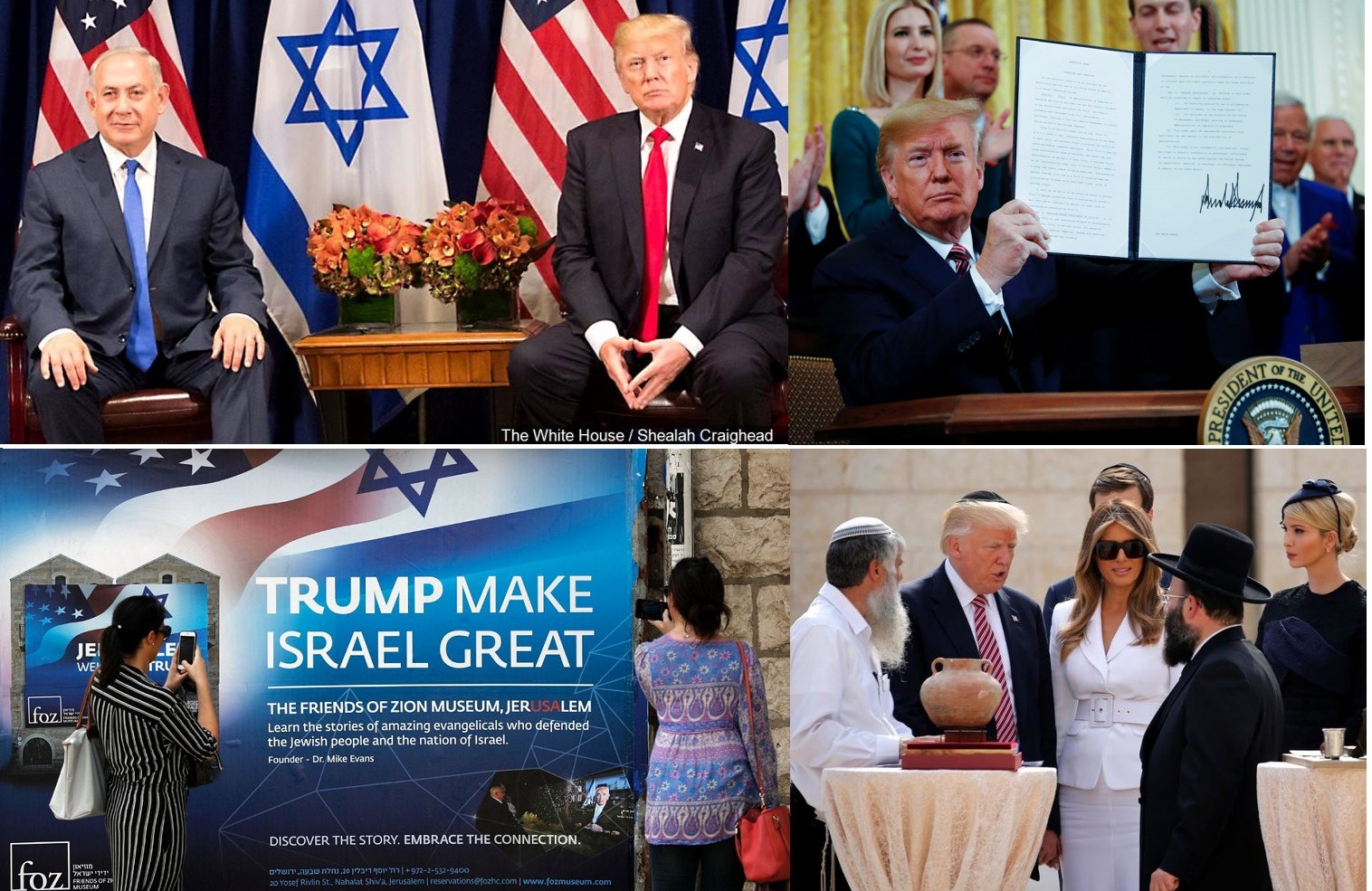

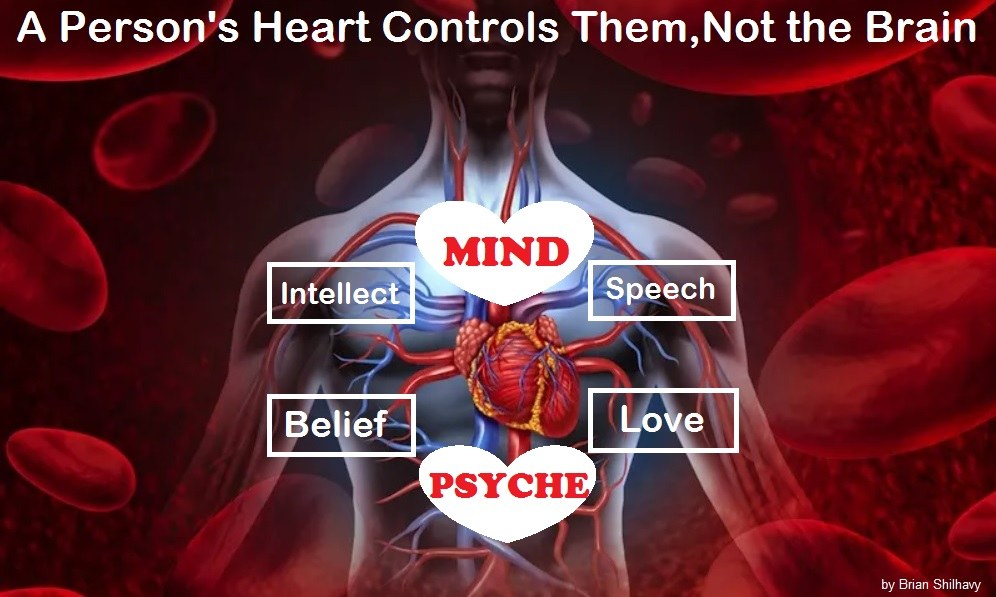
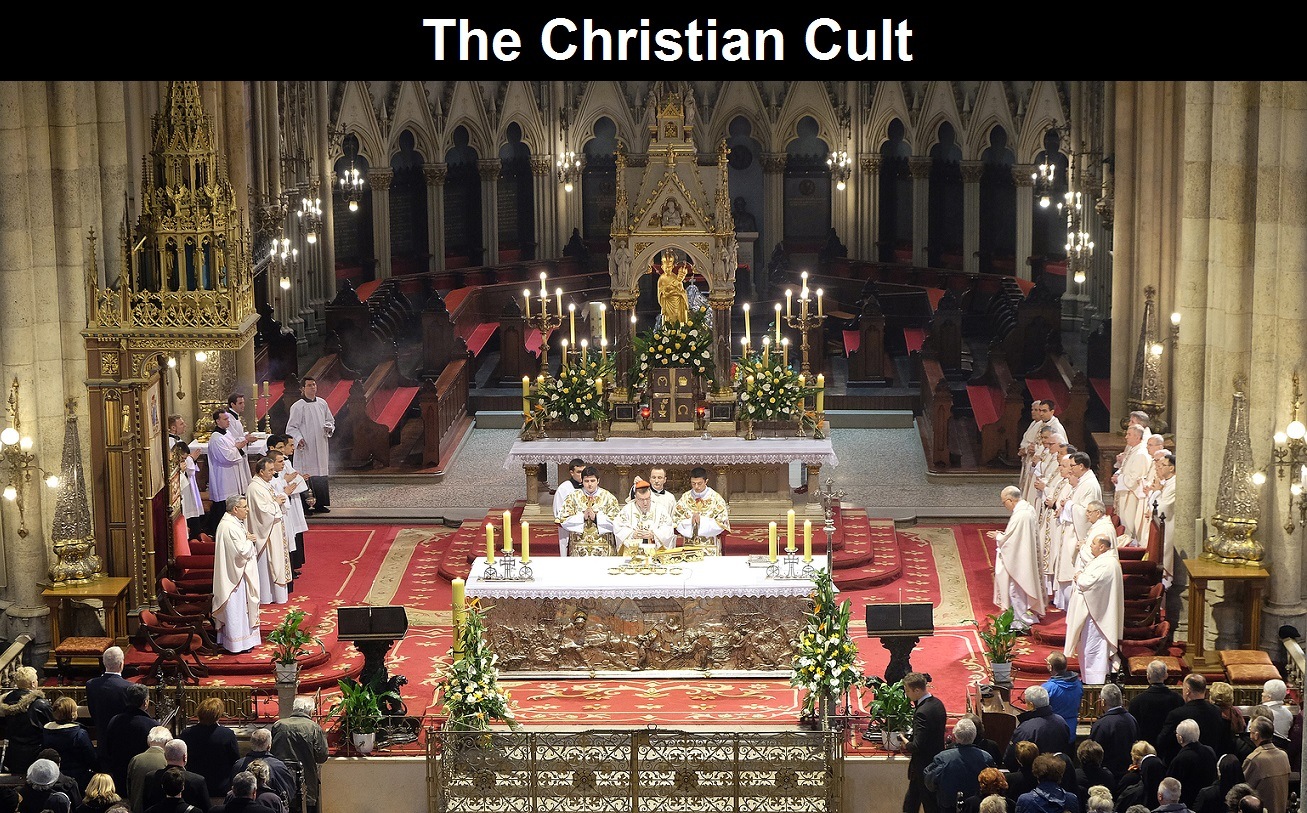
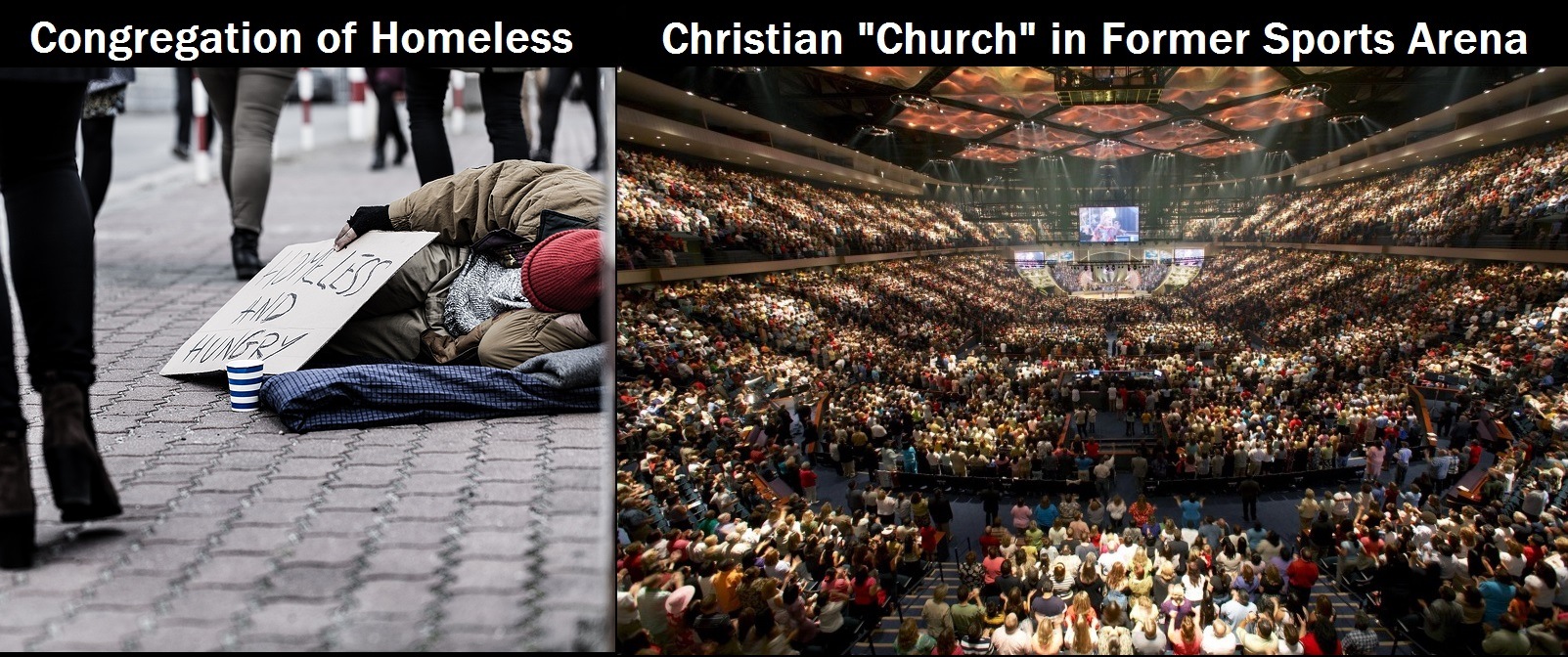
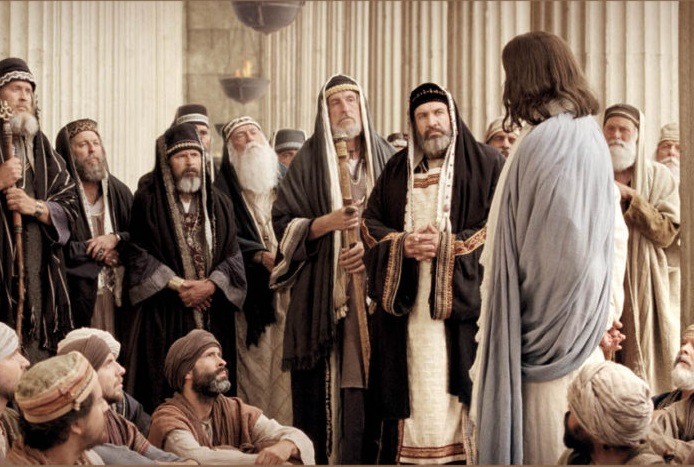
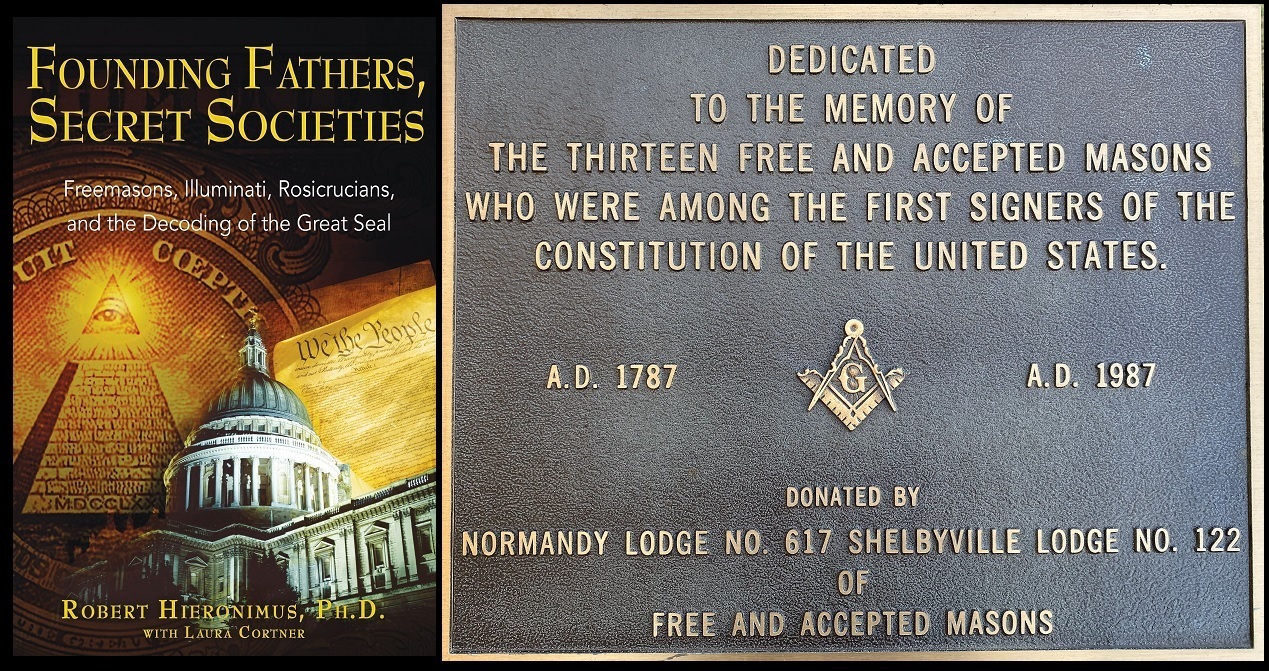
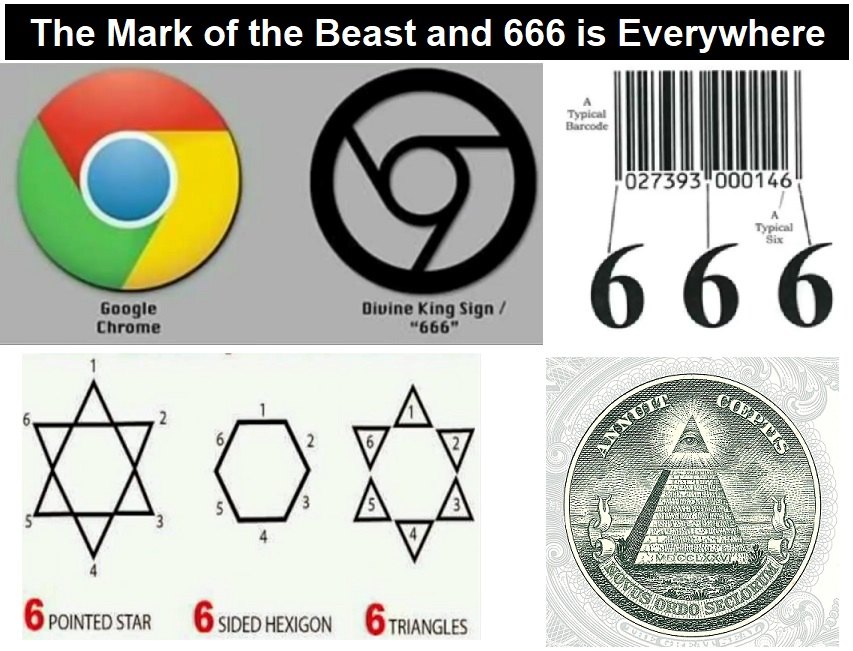
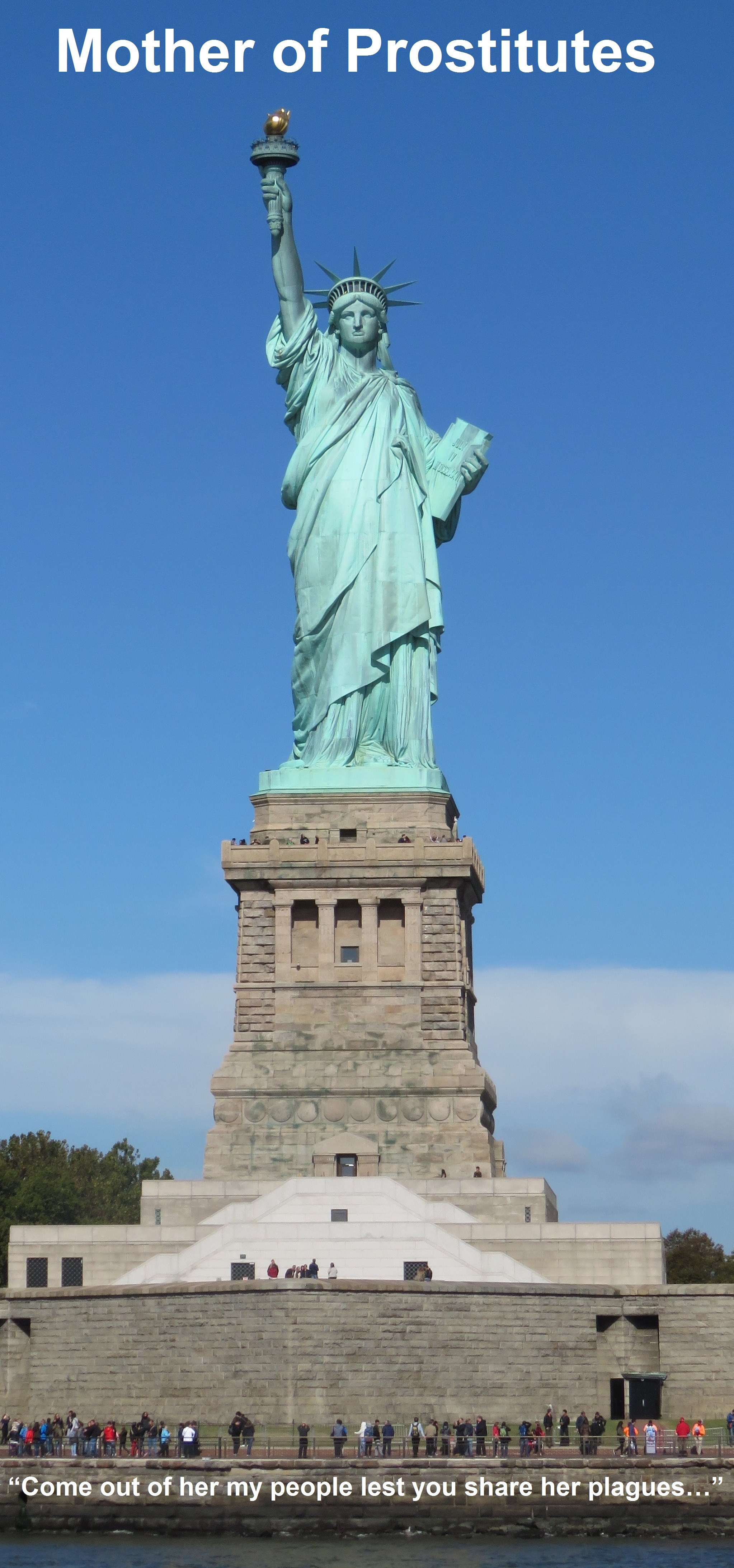

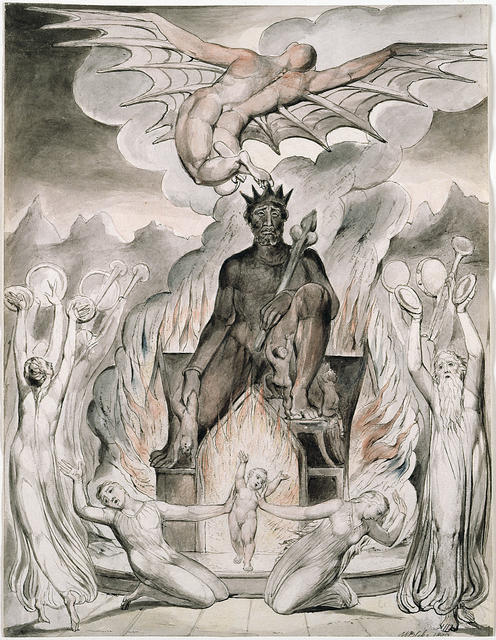


Join the Discussion